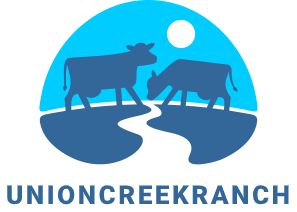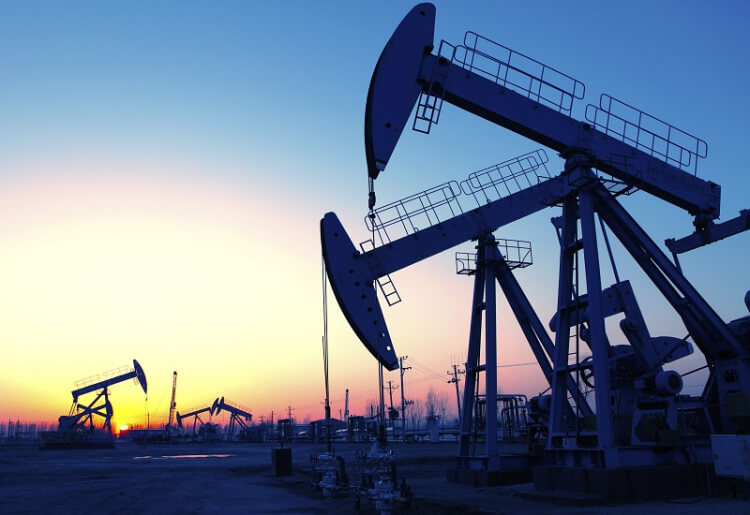All too common practice
Asset-intensive businesses, such as mining, airlines, utilities, oil & gas and railroads have one thing in common: internal tension between production and maintenance. In our experience, maintenance is too often viewed as a necessary evil, and maintenance planners have told us that they have to fight for slots to do scheduled and preventive maintenance. (Interestingly, this is less a problem with airlines since there are strict regulations about time-based maintenance for aircraft.)
A common strategy — rarely articulated so bluntly — is to run assets as much and as hard as possible until close-to-failure (or worse, until breakdown). The reason? To extract the most value (and revenue and profit) out of production. Not surprisingly, we’ve asked scores of production managers whether they run their personal cars, or recommend to their children to run their cars, until failure… Not one said yes.
Condition monitoring technologies have eased this tension since the signals produced by sensors are acknowledged as clear indications of potential or imminent failure. But even then, maintenance managers often struggle to schedule maintenance activities since production priorities trump maintenance wishes. Ironically, both have the same desired outcome, reliability, but often at cross purposes: production demand reliable fulfilment, maintenance wants reliable assets.
The asset debt perspective
Let’s approach this tension from a slightly different angle. Is there a better way to collaborate and achieve both outcomes? Asset debt in this post — not to be confused with the financial use of the term, though we’re going to borrow financial terms to relate this back to assets in their operational context —refers to the ongoing deterioration of value of an asset. It’s increasing in debt, as it continues to operate and gets closer to failure. This debt must be paid back, preferably through an investment in preventive maintenance, but eventually in full if an asset fails or its performance deteriorates significantly below production requirements.
The goal of asset-intensive businesses is, of course, to maintain production and fulfil demand. Asset integrity — the reliability of the asset to continue to contribute to production output/throughput — is something production depends upon. But at the same time, production is only peripherally responsible for maintaining asset integrity. Hoping that an asset won’t need maintenance, or, worse, costly repairing because of failure, is obviously a sub-optimal strategy both for production and maintenance.
So how can asset-intensive businesses create a more harmonious and effective working relationship between production and maintenance, such that asset reliability is maintained at a minimum cost to production’s objectives? In other words, how can they create an environment where asset debt transparency, and decisions around the best times to conduct maintenance, have the least impact on production — all these while creating high levels of asset integrity to promote reliable production output?
Let’s agree first, that allowing the asset debt to accrue to the point of failure is unacceptable, since the downtime and cost to repair or replace the asset will be significantly greater than conducting appropriate maintenance at the right times. Let’s also agree that the right time is a point when objective reasons that both production and maintenance agree to take an asset out of production because they understand that the asset debt is reaching a tipping point towards imminent failure. This may be triggered by a variety of factors including condition monitoring signals; data driven maintenance strategies; manufacturers’ preventive maintenance recommendations; and organizational standards regarding preventive maintenance scheduling based on priorities, historical evidence and trends.
What does it take to harmonize production and maintenance?
Whatever your business agrees on as maintenance triggers, the objective is to create common ground between production and maintenance using solid evidence and analytics. In other words, ensuring that both production and maintenance have transparency about asset debt, and knowing when that debt reaches a level to justify investing in maintenance — so that debt is reduced and production continues to operate with reliability.
Once the triggers highlight an impending high asset debt, there’s another important factor to consider when making maintenance activity decisions and schedules: the overall impact on your supply chain’s throughput.
In order to create an effective maintenance plan or schedule, you need to be able to dynamically group and optimize the prioritized maintenance tasks and activities, in order to clarify the proposed plan and understand the potential impact on production. In the case of dynamic asset-intensive operations, the time frame can span from a few weeks to a couple of years. This is to account for a variety of inputs and triggers, as mentioned earlier.
As you get closer to the point of proposing a committed maintenance schedule, it’s critical to have reliable visibility of your entire supply chain’s throughput dynamics to ensure that production can achieve their targets when maintenance schedules assets out of operation. This visibility is the foundation for planning, scheduling and executing maintenance activities in collaboration with production. All to achieve common objectives of reliable fulfilment and reliable asset performance.
Therefore, the key to interdivisional harmony is to start making decisions while considering the impact to others. This will provide maintenance planners with a view of production and enable them to:
- Understand the potential impact of planned maintenance
- Demonstrate to production that their production obligations can be fulfilled with the proposed maintenance plan or schedule
What about unplanned asset downtime?
Providing visibility and optimization of the entire supply chain’s performance has another important benefit. When unplanned downtime occurs — such as asset breakdowns or other serious disruptions to asset performance — maintenance planners can communicate more effectively the important considerations for both maintenance and production, and, importantly, to customers:
- The potential impact of the disruption on production
- When the asset will be potentially back online
- Scenarios to determine alternatives to meet production’s obligations
- Negotiation points for using external resources
- Facts for communicating and negotiating alternatives with customers potentially affected by the disruption
- Where to store replacement parts to minimize the downtime
Naturally, the first priority should be about reducing unplanned asset downtime so as to minimize the possibility of asset deb turning into asset failure. This requires creating and getting buy-in from production and maintenance on preventive maintenance strategies and schedules.
Harmonization: It’s the beginning, not a conclusion
Ensuring operational reliability, both production and asset, should be a collaborative process – one that involves fact-based decisions and dynamic supply chain visibility. Trade-offs are inevitable since no asset-heavy business can afford huge buffers of productive capacity and capability. But these trade-offs can be managed effectively to find the right balance. Empowering production and maintenance to harmonize the planning, scheduling and execution of maintenance activities is the DELMIA Quintiq way.
At DELMIA Quintiq, we provide full transparency and visibility into the performance of key production and logistics operations. By using advanced analytics, propagation and record-breaking optimization technologies to support decisions for optimal production and maintenance activities, DELMIA Quintiq ensures the right maintenance is made at the right time. The result? Minimized asset debt, which leads to production and asset reliability. Our technology groups and optimizes all your prioritized maintenance tasks and activities, so that your assets are utilized for production fulfilment, and maintained for minimal asset disruptions.
After all, harmonization begins with all players reading from the same score. And similarly, DELMIA Quintiq enables harmonization by providing a single solution for everyone to collaborate on.
Ready to learn more? Contact us to discuss how your production and maintenance can work together for better management of asset debt.

